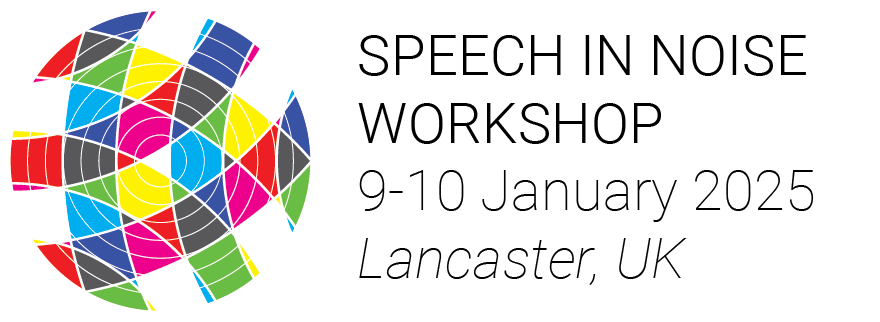P34Session 2 (Friday 10 January 2025, 09:30-11:30)Perception of prosody, emotional speech, and indirect speech in sensorineural hearing loss
Most studies of the communication difficulties experienced by hearing aid (HA) wearers focus on speech understanding. Studying communication beyond speech understanding may shed light on hearing difficulties that are detrimental to quality of life but are currently overlooked. This ongoing study focuses on the perception of speech prosody; the aspect of communication that creates emotional tone and subtle grades of meaning. We are investigating whether HA wearers have difficulties perceiving several types of prosody: emotional prosody conveying basic emotions (anger, disgust, fear, happiness, neutral, sadness) or more nuanced emotions (adoration, amusement, anger, awe, confusion, contempt, desire, disappointment, distress, fear, interest, sadness), as well as prosody conveying intentions (sarcasm, teasing, white lie, sincere, questions and indirect requests). We are also assessing whether the degree of sensorineural hearing loss (SNHL) and the capability to understand prosody are related, and whether HAs are beneficial to prosody perception.
To evaluate prosody perception, we use speech stimuli extracted from four publicly available corpora: two corpora to evaluate the perception of basic and nuanced emotions, and two corpora to evaluate the perception of intentional prosody. The corpora are used in four separate closed-set tasks built on the same model: participants listen to speech stimuli one at a time and, after each stimulus, judge which emotion or intention has been expressed. Then, they rate their confidence in their judgment. The four tasks are presented in a pseudo-randomized counterbalanced order. Prior to completing the tasks, HA wearers are fitted with study HAs and given a 3-week acclimatization period. HA wearers complete testing twice, once without and once with the study HAs in a counterbalanced order. Age-matched participants with normal hearing (NH) complete the same tasks once, unaided.
Data collection is ongoing. Task performance and confidence ratings will be analyzed with linear mixed models including the hearing group (NH, HA unaided, HA aided) and the conveyed emotion (or intention) as fixed factors, and random intercepts for participants. Observing differences between NH participants and HA wearers (unaided) would confirm that SNHL can impair prosody perception for basic emotions independently from ageing, which has been previously reported by some —but not all— studies, and it could extend this finding to nuanced emotions and intentional prosody. The magnitude of the differences and the type(s) of prosody affected will inform our knowledge of how SNHL may impact quality of life, and the unaided vs. aided comparisons will inform us on whether (and to which extent) HAs can help.

